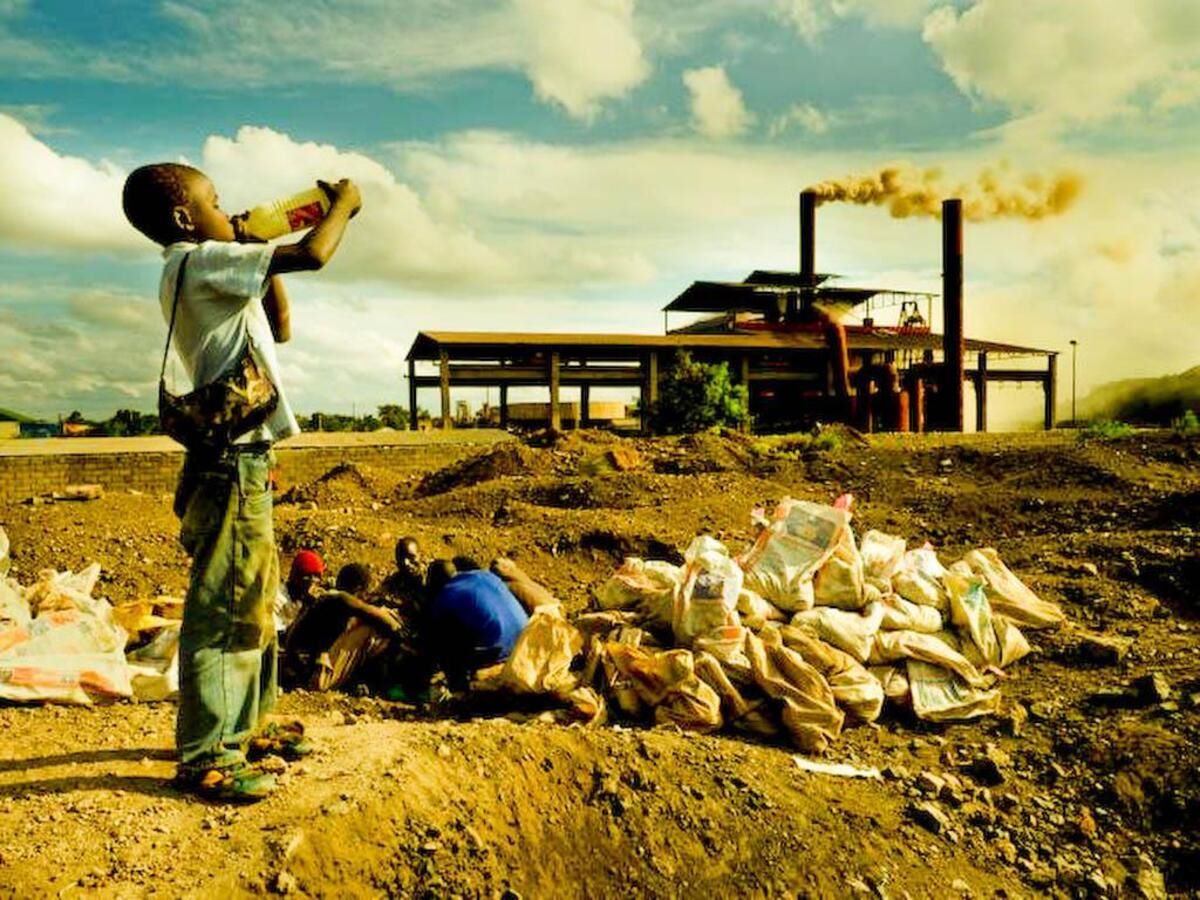
Ever wondered about the silent whispers of Earth's ancient inhabitants? Trace fossils, those intriguing remnants of prehistoric life, offer us a glimpse into a world millions of years old. Trace fossils are not your typical dinosaur bones; instead, they're the footprints, burrows, and even poop left behind by creatures of the past. Why should we care about these ancient marks? Well, they tell us stories about the behavior, movement, and interactions of Earth's former residents in ways bones alone cannot. From the delicate trails of ancient sea creatures to the preserved nests of dinosaurs, each trace fossil holds a clue to unlocking the mysteries of our planet's distant past. Ready to step back in time and uncover some of the most fascinating facts about these historical breadcrumbs? Let's dig in!
Key Takeaways:
- Trace fossils are not the remains of ancient organisms, but rather the evidence of their activities, like footprints and burrows. They give us a peek into the behaviors of ancient creatures.
- Rapid burial under sediment is crucial for the preservation of trace fossils, which offer valuable insights into ancient environments and the daily lives of organisms.
What Are Trace Fossils?
Trace fossils, also known as ichnofossils, are geological records of biological activity. Unlike body fossils, which are the remains of the body parts of ancient organisms, trace fossils represent the activities of these organisms. This can include footprints, burrows, feeding marks, and feces. These unique fossils provide insight into the behavior and interactions of ancient life forms with their environment.
- Trace fossils are not the remains of the organism itself but rather the evidence of its activities.
- They can include a variety of marks left behind, such as nests, burrows, footprints, and even coprolites (fossilized dung).
How Do Trace Fossils Form?
The formation of trace fossils requires specific conditions. When an organism interacts with a substrate, like mud or sand, it can leave an imprint or a burrow. For these traces to become fossilized, they must be quickly covered by sediment to preserve their shape before they erode away.
- Rapid burial under sediment is crucial for the preservation of trace fossils.
- The type of sediment plays a significant role in the detail and quality of the fossilized trace.
The Importance of Trace Fossils in Paleontology
Trace fossils hold a special place in the field of paleontology. They offer clues about the behavior, movement, and interaction of ancient organisms with their environment, which body fossils cannot provide.
- Trace fossils help scientists understand the ethology (behavior) of ancient organisms.
- They can indicate the presence of organisms that do not preserve well as body fossils, such as soft-bodied animals.
Examples of Trace Fossils
There are many fascinating examples of trace fossils that provide a window into the past.
- Dinosaur footprints that allow scientists to estimate the speed and behavior of these ancient reptiles.
- Burrows that reveal the complexity of ancient ecosystems and the behaviors of creatures within them.
Trace Fossils and Environmental Interpretation
Trace fossils are not only about the creatures that made them; they also offer valuable information about the environment in which they were made.
- The size and depth of burrows can indicate the type of substrate and moisture content of ancient environments.
- Certain trace fossils are indicative of specific environmental conditions, such as marine versus terrestrial habitats.
The Oldest Trace Fossils
Trace fossils provide evidence of biological activity from some of the earliest periods in Earth's history.
- The oldest known trace fossils date back to approximately 2.5 billion years ago.
- These ancient traces suggest the presence of simple, multicellular organisms long before the Cambrian Explosion.
Challenges in Studying Trace Fossils
While trace fossils offer invaluable insights, they also present unique challenges to scientists.
- Interpreting trace fossils requires careful analysis and sometimes a bit of imagination, as the exact maker of the trace is not always clear.
- Distinguishing between similar trace fossils made by different species can be difficult.
Trace Fossils: A Glimpse into Ancient Behaviors
Trace fossils provide a unique perspective on the past, offering glimpses into the daily lives of ancient organisms.
- By studying trace fossils, scientists can reconstruct scenarios that might have occurred millions of years ago, providing a dynamic picture of ancient life on Earth.
A Final Glimpse at Trace Fossil Wonders
We've journeyed through the fascinating world of trace fossils, uncovering secrets from millions of years ago. These natural relics, from footprints to burrows, offer a unique window into the behaviors and environments of ancient life. They're not just rocks; they're storytellers, preserving the fleeting moments of creatures long gone. Understanding trace fossils enriches our knowledge of Earth's history, teaching us about the diversity of life and its evolution over time. So, next time you stumble upon a peculiar mark in a stone, remember, you might be looking at the whispers of our planet's past. Let's keep our curiosity alive and continue to marvel at the wonders beneath our feet. Trace fossils, indeed, are keys to unlocking the mysteries of ancient Earth.
Frequently Asked Questions
Was this page helpful?
Our commitment to delivering trustworthy and engaging content is at the heart of what we do. Each fact on our site is contributed by real users like you, bringing a wealth of diverse insights and information. To ensure the highest standards of accuracy and reliability, our dedicated editors meticulously review each submission. This process guarantees that the facts we share are not only fascinating but also credible. Trust in our commitment to quality and authenticity as you explore and learn with us.


